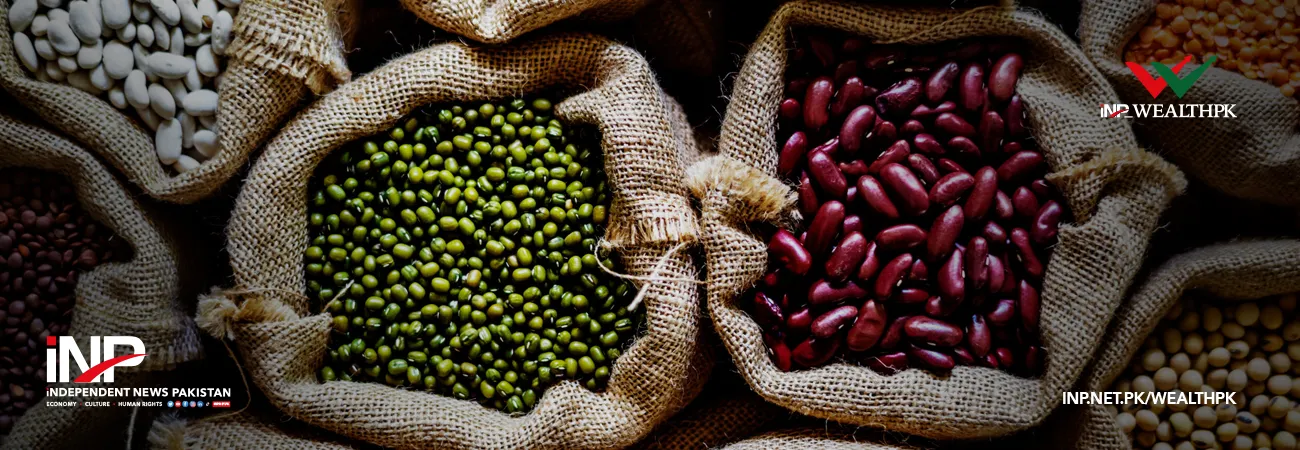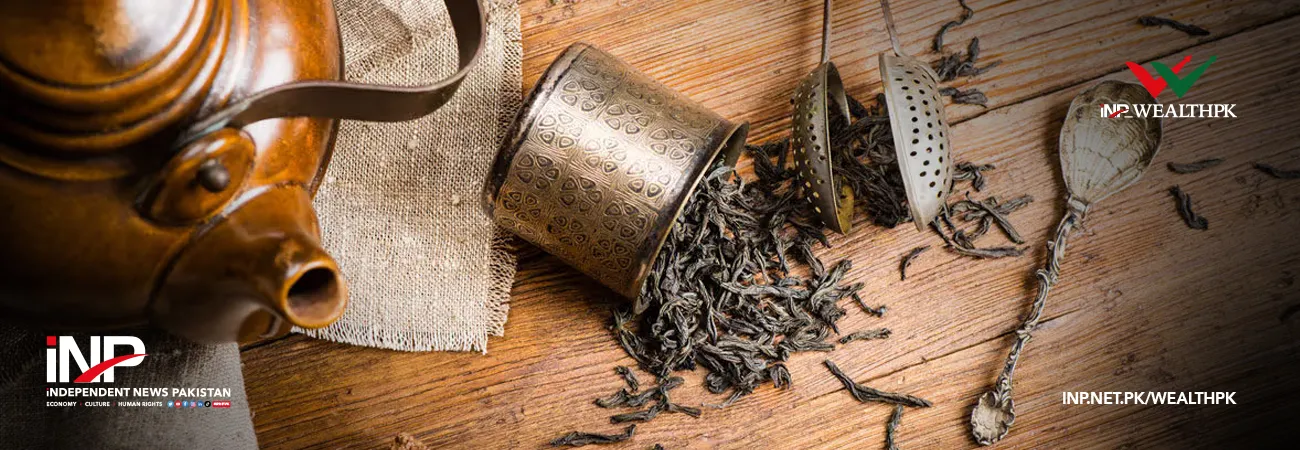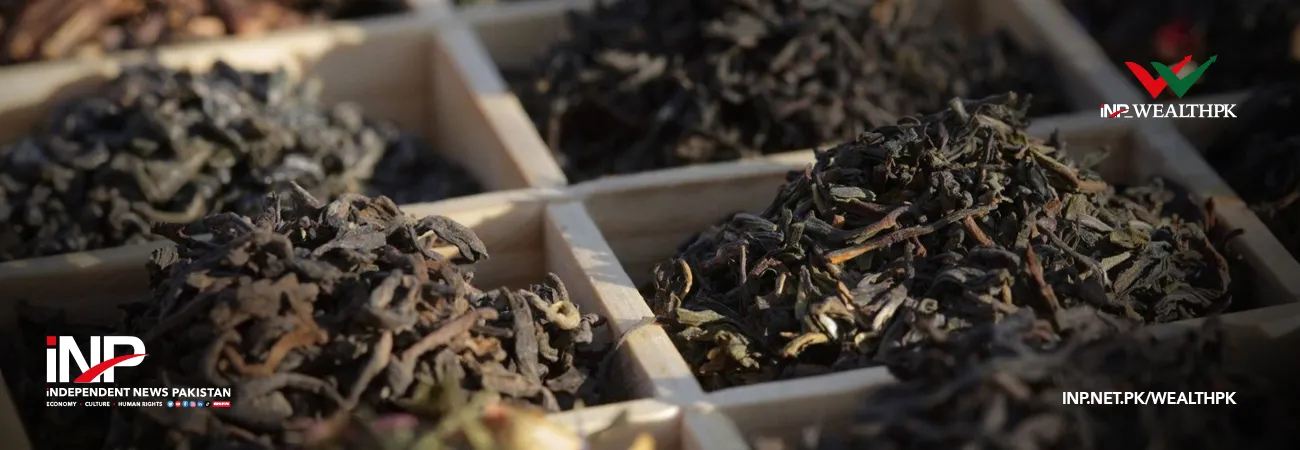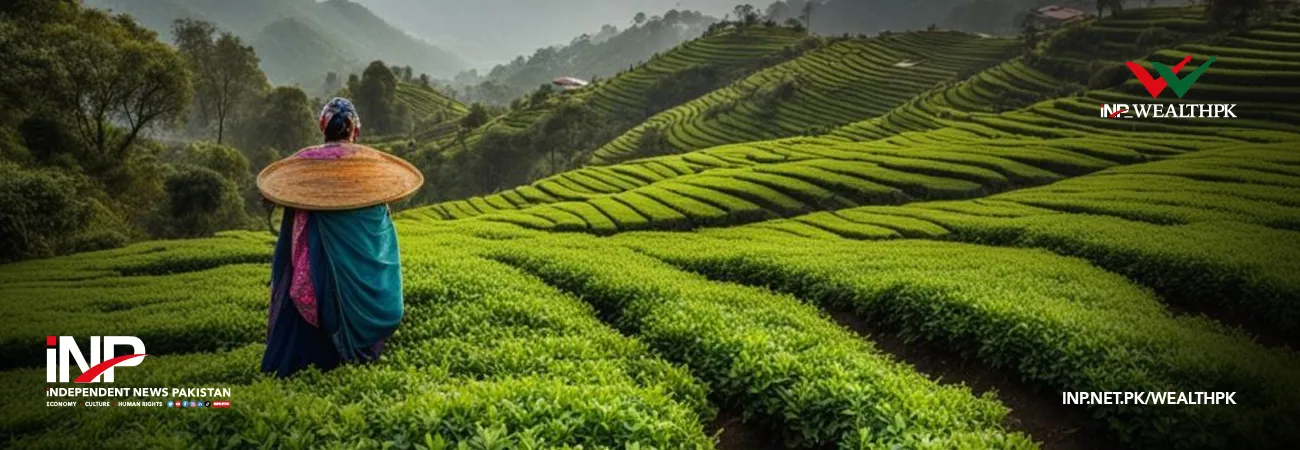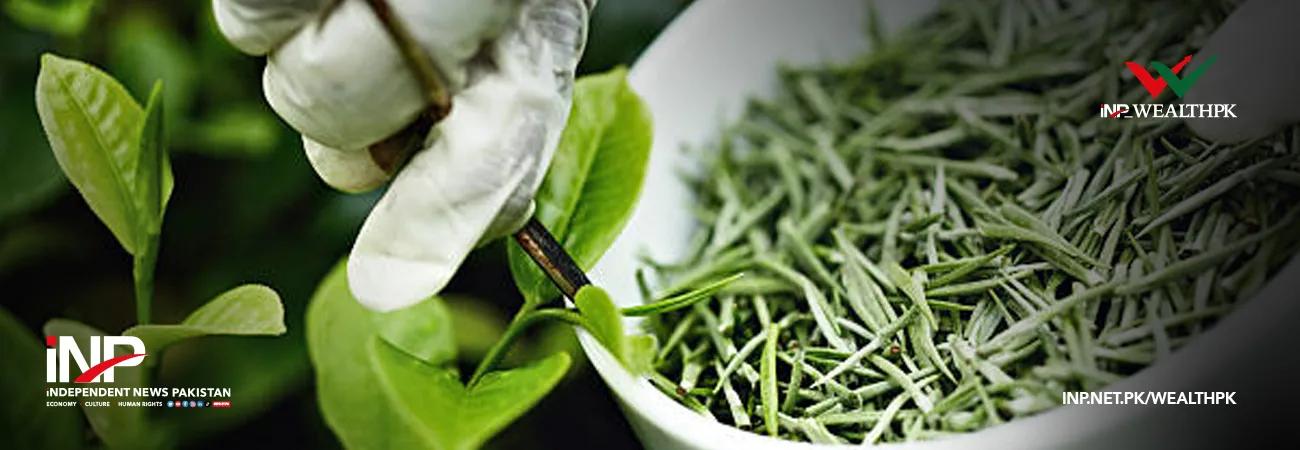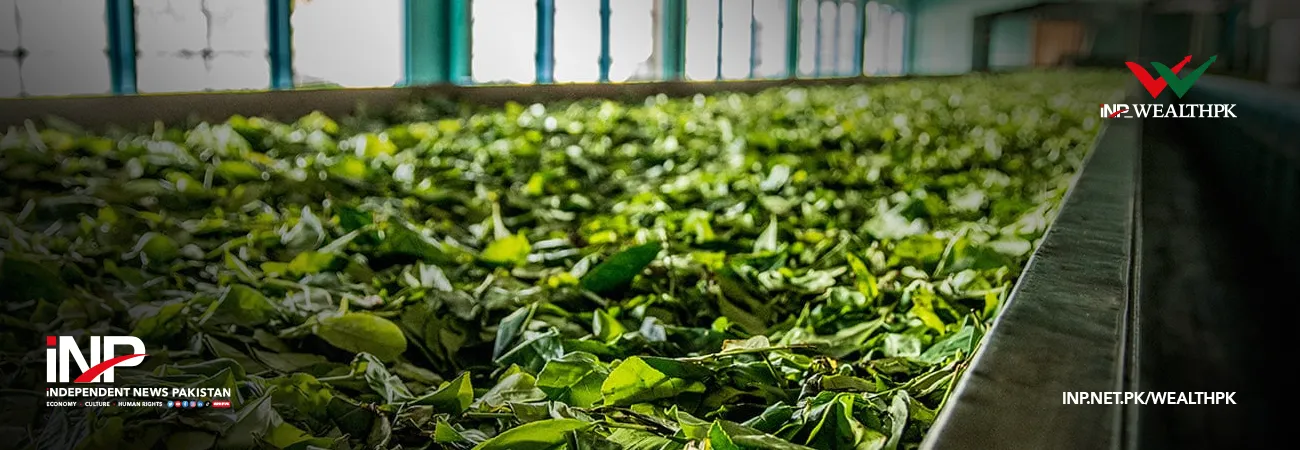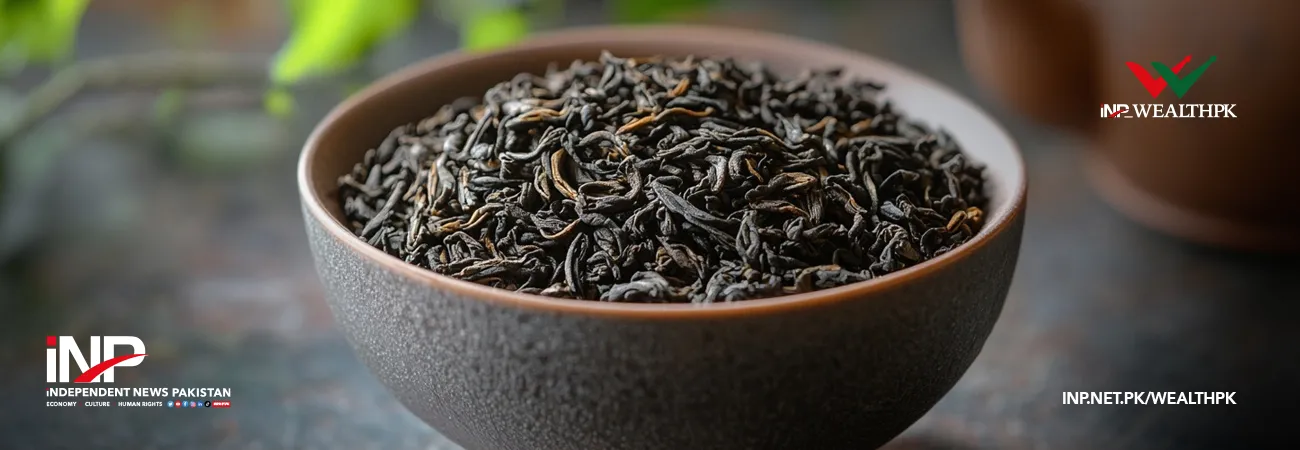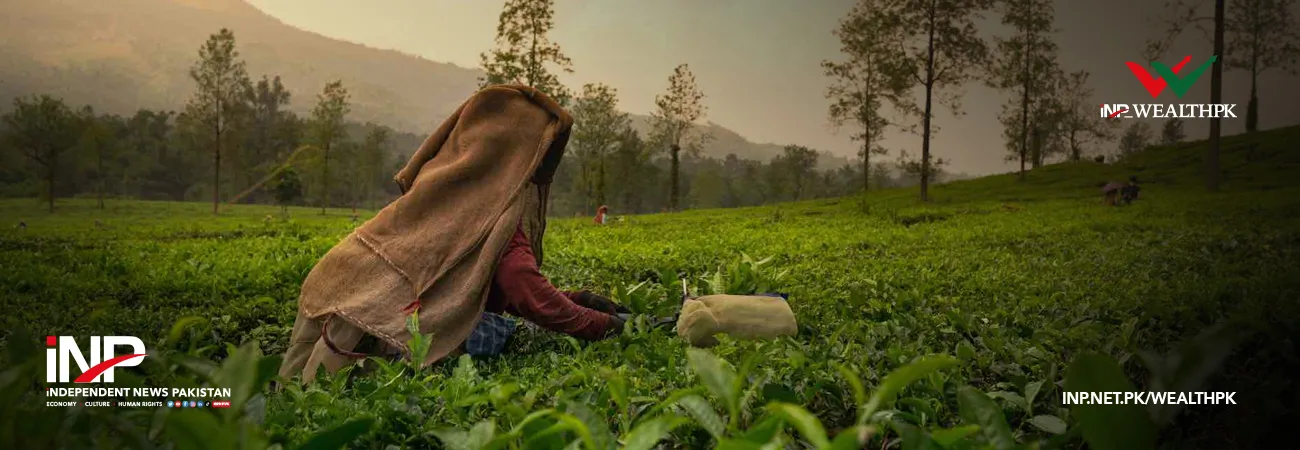INP-WealthPk
Muhammad Saleem
Pakistan can save billions of rupees by replacing pulse imports with local farming.
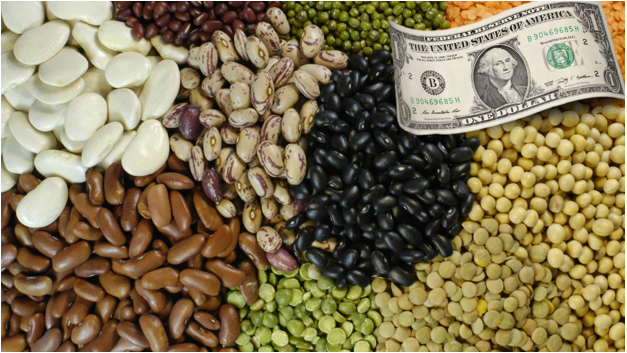
Muhammad Irfan, a senior scientist of the Pulses Research Institute of the Ayub Agricultural Research Institute (AARI) Faisalabad talking to WealthPk said that Pakistan can significantly reduce its import bill by promoting local cultivation of pulses. He said that farmers are willing to grow pulses, but they often avoid it due to lack of access to reliable markets.
Citing the example of Sialkot, he said the area was once considered a hub for pulses cultivation. However, farmers eventually abandoned it because they found it difficult to sell their produce. He noted that the input costs for pulses are much lower compared to wheat, rice and other cash crops. It's the right time to prompt pulse cultivation, especially in the light of emerging issues like water scarcity and climate change, he added.
He explained that the majority of farmers had switched to cash crops like wheat, sugarcane, cotton and rice to avoid financial losses. “Pulses hold immense potential to meet local demand and fetch much-needed foreign exchange. Farmers need a support price and easy access to markets so that they can easily sell produce without facing any sort of exploitation,” he said. He also emphasized that pulse cultivation is beneficial for agricultural land, as it increases soil fertility while consuming less water.
Dr. Sajid Rehman, Director General of Research, Punjab, while addressing a gathering in Faisalabad, said that Pakistan was burning through billions of rupees every year on the import of pulses. He said that these imports come primarily from Australia and Africa, placing a heavy strain on the national exchequer. “Pakistan is facing a tough financial situation, and such a heavy import bill only adds fuel to the fire,” he remarked.
He urged the rulers to step up and prioritize the cultivation of pulses in irrigated areas to curb reliance on imports. He said that encouraging intercropping–also known as the mixed cultivation of pulses– can help kill two birds with one stone: increase local production and reduce the heavy import bill.
Dr. Rehman highlighted that the scientists of the AARI had already developed new varieties of gram, lentils, mung beans, and mash beans, and they were also working hand-in-hand with the Agriculture Extension Department to bring modern farming techniques to the grassroots in irrigated areas.
Dr. Khalid Hussain, Chief Scientist of the Pulses Section, told WealthPk that pulses are a staple that pack a nutritional punch and don't break the bank. Pulses contain over 20% protein and are loaded with iron and dietary fiber, making them a reliable substitute for meat in my households, he added. He explained that pulses belong to legume crops, and their roots play host to friendly bacteria that get the ball rolling on natural nitrogen fixation.
“These bacteria form nodules on the roots, which fix nitrogen from the air and supply it to the plants. When the roots decompose, they enhance soil fertility. Therefore, the cultivation of pulses plays a key role in restoring and maintaining soil health,” he explained. Dr. Khalid urged farmers to adopt mixed cropping technology for pulses, especially in light of changing climate conditions and the rising cost of agricultural inputs, to ensure better agricultural income.
He said that the agricultural scientists at the AARI had developed a comprehensive production system for mixed cropping. One successful example, he explained, is the intercropping of mung beans and cowpeas with spring sugarcane, and gram and lentils with sugarcane sown in September.
Credit: INP-WealthPk



